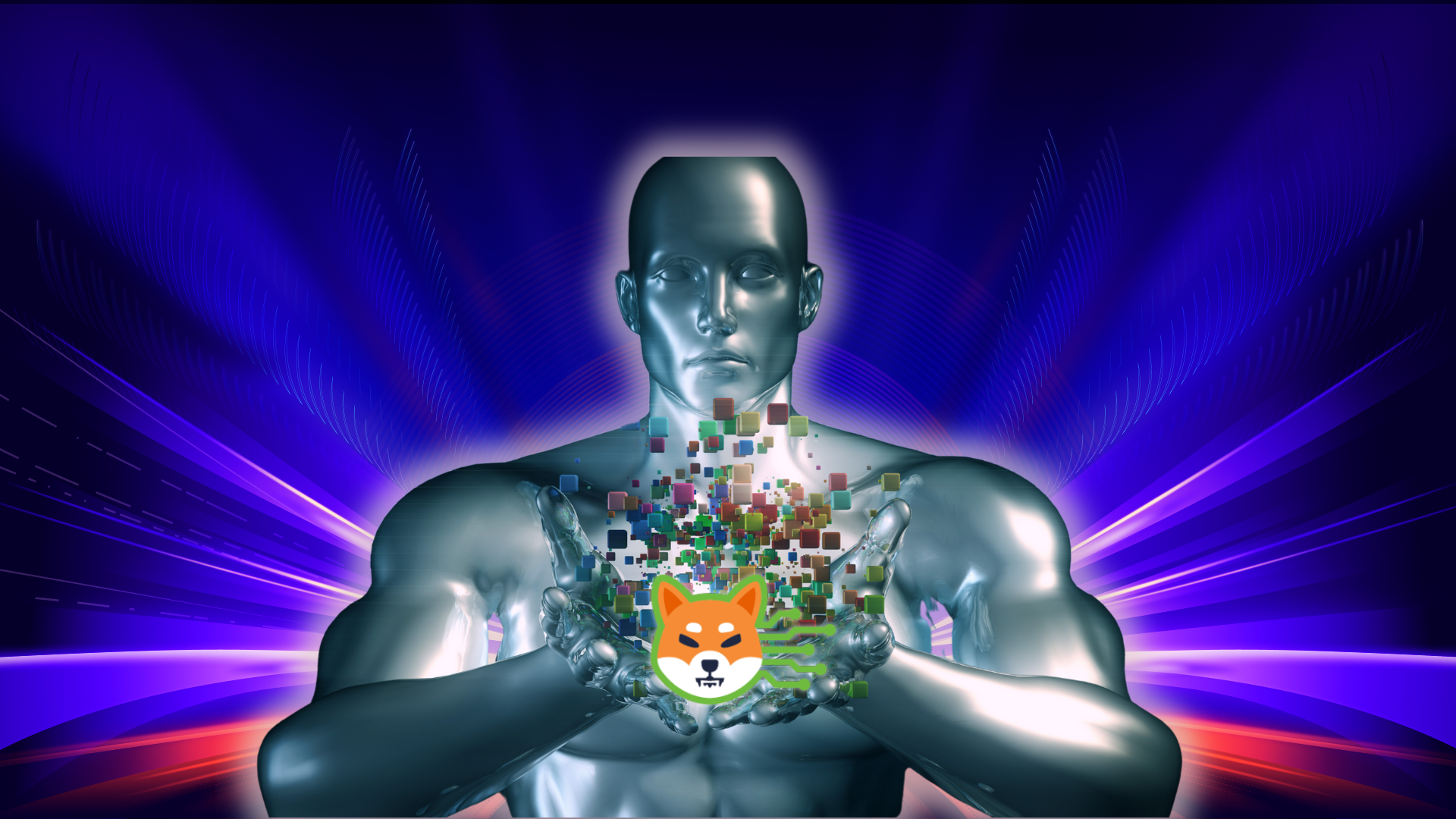0x12…qrst

Creation in Web3 isn’t a promise anymore—it’s happening. After years spent laying the technical groundwork, the focus has shifted from infrastructure to action. Builders are stepping in, turning empty frameworks into thriving digital spaces.
But creation needs more than code; it needs tools, community, and support. This edition explores the moment Web3 moves from theory to reality—when vision meets velocity.
Every grand structure begins with a blueprint. But blueprints alone don’t shelter people or power communities. They must be built upon, piece by piece, until real spaces take shape. The same is true for Web3.
Foundational layers—blockchains, protocols, decentralized storage—were designed with ambition. But their true value only emerges when people begin to create on top of them. The leap from architecture to activity marks the transition that defines creation in Web3 today.
This is the point where blueprints begin to breathe.
This moment is not without precedent. The early internet, stitched together by simple, open protocols like TCP/IP and HTML, offered a shared platform.
It invited builders of all kinds to create. Websites, forums, applications, entire industries emerged—not because the infrastructure was complex, but because it was open.
Similarly, during the Industrial Revolution, standardized parts changed everything. Before, only specialists could assemble complex machines. But once interchangeable components and universal tools arrived, creativity scaled. Factories exploded in number. Invention became accessible.
Creation in Web3 is undergoing a parallel shift. When tools become intuitive and environments welcoming, more people start to build.
For any wave of creation to sustain itself, the ecosystem must do more than exist—it must invite. That means providing spaces where creators gather, share, and find inspiration.
It also means offering the right tools: SDKs, APIs, platforms with clear documentation. These tools lower the barrier to entry.
They shift focus from foundational complexity to user experience and innovation. They turn solo effort into shared progress. Creation in Web3 flourishes when environments empower rather than intimidate.
Individual projects matter. But it’s the connection between them—the collaboration, the remixing, the shared standards—that signal a mature ecosystem.
The rise of creation in Web3 can be seen in how communities allocate resources, highlight progress, and welcome newcomers. It’s about watching digital plots turn into public squares. It’s about seeing the first signs of life in a newly seeded world.
Ecosystems don’t thrive by accident. They require care and intentionality. Strategies for activating creation in Web3 include amplifying successful projects, offering consistent support, and maintaining a sense of collective mission.
Some of the most dynamic growth stems from visibility—when builders see what others have made and are inspired to contribute. Others arise from clarity—clear rules, defined pathways, and dependable infrastructure.
Creation in Web3 hinges on that delicate balance: giving just enough structure to guide, while staying open enough to allow surprise.
This is an inflection point. Web3’s fertile ground has been prepared. The early frameworks are in place. Now, it’s up to the builders.
Creation in Web3 means more than minting tokens or deploying contracts. It’s about making spaces where people gather, tools that solve real problems, and networks that scale trust.
The blueprint phase is over. What comes next depends on who shows up—and what they choose to create.
Continue reading to explore the platforms, projects, and people breathing life into Web3’s next chapter.